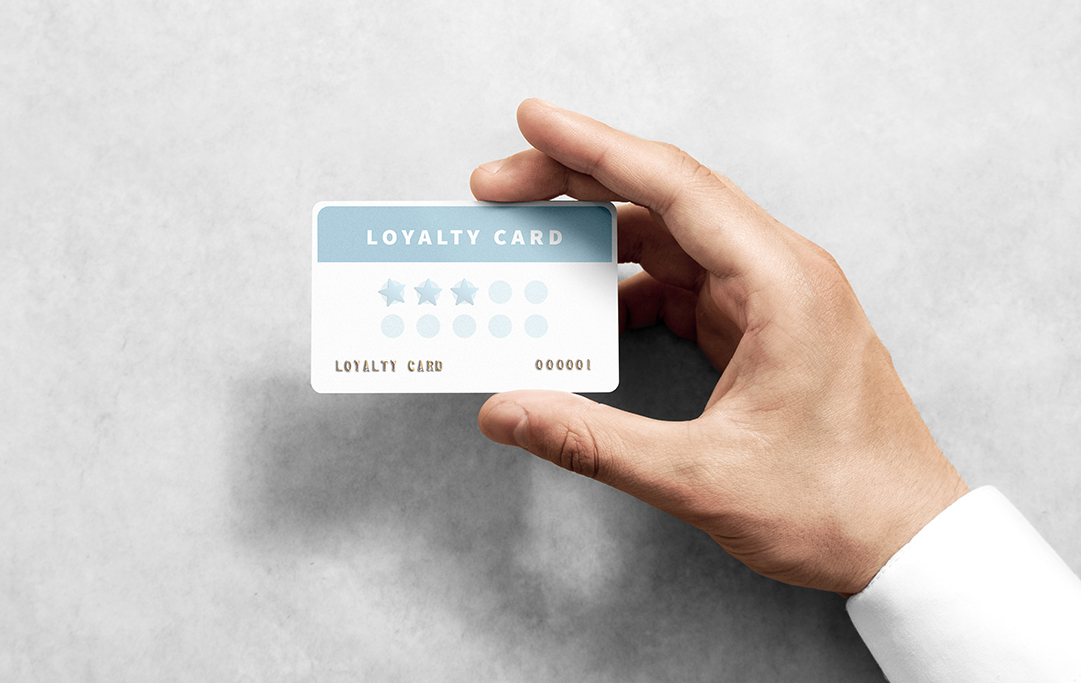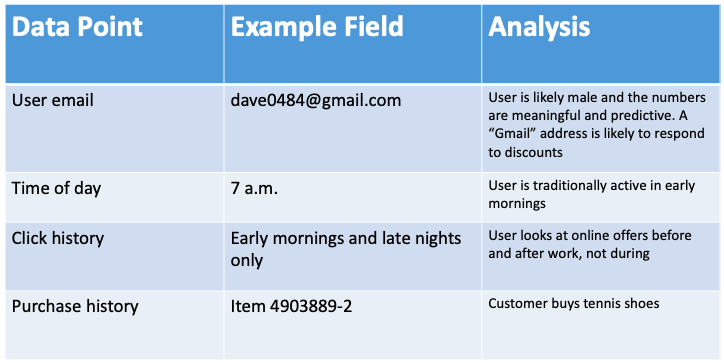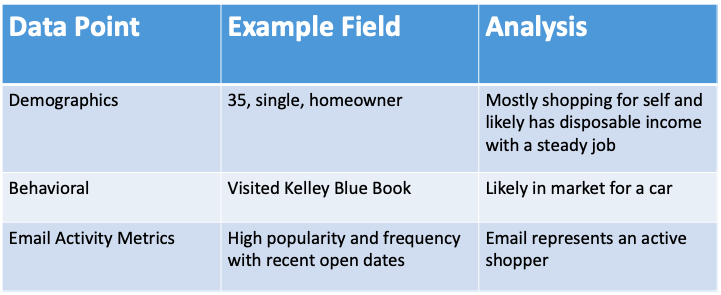
In the era of social distancing and increasingly virtual communication, many of our speaking engagements have been disrupted. So instead of in-person presentations, we’ve been working with webinars!
In a recent web presentation, Phil Davis spoke about ways to move newly engaged customers to the loyalty customer category more efficiently. Check out a few of his tips and insights along with the recorded presentation in this month’s blog.
What makes customer loyalty programs so great?
Customer loyalty programs and marketing have, by far, the highest engagement for brands. In fact, 9/10 consumers say they are loyal to a specific brand, with those loyalty customers spending 36% more than regular non-loyalty customers. Why?
The brand has great insight into what the customer has purchased, what they like from the brand, how to speak to them, etc. This key data gained over time, and it’s this key data that helps customers remain brand loyal as you market to them with the right, relevant messaging.
With this in mind, it’s easy to see how early audiences/almost-customers get the short end of the stick. There is less behavioral and purchase data to fuel email marketing programs. This results in less personalization and off-the-mark marketing, and therefore those receiving the emails are less likely to become customers due to the lack of personalization. After all, 63% of customers feel organizations should make improving personalization a top priority. So how do you create lasting brand loyalty among new or almost-customers?
How to make a great first impression
It might seem like you need a bit of makeshift marketing magic to make a great first impression. But, trust us when we say you already have most of what you need. We’re talking about first party data: an email address, some site click history, even the time of day can be used to improve your marketing messaging. But first party data alone too early in the game won’t do much.
This is where third party data can make a major difference. Third party data incorporates behavior, demographics, and email activity metrics that you can easily implement to improve marketing across all channels. Let’s look at an example:
Here we can see the user’s email, time of day they browsed the site, click history, and purchase history. This is all an example of first party data.

From this, we can determine that the customer is likely male, is active online both before and after work, and purchased tennis shoes. Keeping this in mind, you can maybe send him another offer for tennis shoes in 8-10 months between 7-9am, but there’s no real context into his motivations for purchasing the tennis shoes. How can third party data improve our customer profile?

Now, we see he is in his mid-thirties, single, a homeowner, highly active in the inbox, and his next purchase might be a car – not a pair of shoes!
With key data points from 3rd party data, you can better personalize messaging right from the beginning and improve its effectiveness across platforms. This leads to improved ROI for your marketing program, influences future marketing decisions, and helps your newest customers immediately feel like loyalty program members.
The do’s and the don’ts of personalization
Now, we understand it’s tempting to personalize, but there’s an art to creating effective personalization, and it doesn’t mean including every single data point about a customer in every single email.
The Do’s of Personalization
Follow these 6 steps when personalizing your messaging in your next campaign:
- Use Demographics, such as gender, income, & location
- Leverage purchase and behavior history
- Combine your dataset to CONTEXTUALIZE the behavior
- Understand the buyer’s journey
- Engage on the right channels at the right times
- Boost loyalty
The Don’ts of Personalization
With every step you should take in personalizing, there are definitely steps to avoid. Here’s our list of 7 things to not do in your next marketing campaign:
- Use scheming subject lines
- Use a confusing layout (i.e. ignore mobile-friendly design)
- Use “out of context” promotions
- Retarget for too long
- Personalize based on low frequency searches
- Be overly personal (or at least not too soon)
- Mail at the same frequency to everyone on your list
By increasing the number of “do’s” you implement in your program and decrease the number of “don’ts”, you should see a noticeable difference in engagement and ROI.
Advanced tip: The re-engagement campaign
Fast forward a few months down the line: you’ve improved your personalization tactics, helped new customers feel like loyalty program members, but your list of inactive emails has gone untouched. Now is the time to reassess that list.
It’s true, many of the “inactive” emails on that list are truly inactive, but there are a few that can be brought back to your website. Remember our friend from earlier who bought the pair of tennis shoes? He might not have opened an email in the last 8-10 months and been placed in the inactive list, but it doesn’t mean his email address is really inactive. He was searching for cars at one point, and this means he was probably opening other emails in his inbox, just not yours.
Analyzing your inactive list with Open Data can provide insight into which email addresses are active in the inbox. Once you have the list of actives, you can take a look at their customer profiles and segment for marketing campaigns accordingly! Overall, Open Data helps you find your best contacts within the inactive list and win back customers.
Your customers deserve the best from the very beginning
Getting an email that looks like it could just as easily have been sent to your next door neighbor doesn’t make customers feel special. Messaging that speaks to their specific needs makes your brand feel knowledgeable, trustworthy, and understanding.
You know what counts in their book, just like you know what works best for loyalty program members. The key is to make a great first impression early enough in the customer journey so that this new customer does become a loyalty program member down the road; and the best way to ensure this is by using data to fuel personalization.
Want to build better customer profiles with your first party data and TowerData’s Email Intelligence solution? Sign up with InstantData now, and get a free match report .

{{cta(‘002f9d9d-550d-4692-b61e-882ac5e14340′,’justifycenter’)}}
To view Phil’s presentation in full, just click this link to access the video.
 Affiliate Marketing
Affiliate Marketing Automotive
Automotive eCommerce and Retail
eCommerce and Retail FinTech
FinTech LeadGen
LeadGen Nonprofit and Political
Nonprofit and Political Payments
Payments Technology Platforms
Technology Platforms Tourism and Hospitality
Tourism and Hospitality




